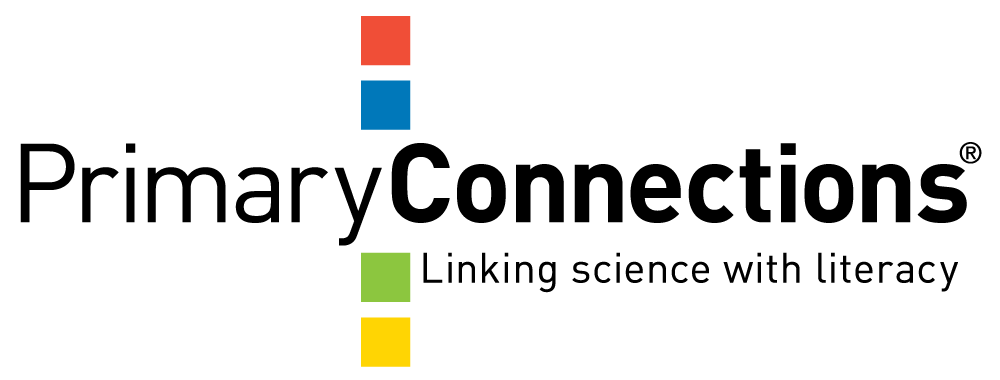Introduction
Scientific investigations involve posing questions, testing predictions, collecting and interpreting evidenceand, drawing conclusions and communicating findings. When scientists plan and conduct a fair testinvestigation it is to answer a question or test a prediction. Students emulate this in the classroom asthey continue to develop their science inquiry skills.
Planning a fair test
All scientific fair tests involve variables. Variables are things that can be changed (independent),measured/observed (dependent) or kept the same (controlled) in an investigation.
When planning a fair test investigation, to make it a fair, we need to identify the variables.
By planning for and conducting a fair test, students can make claims about how the variable they havechanged in their investigation may have affected what is being measured and/or observed.
To support students to identify variables, and use those variables to inform their planning of a fair test, wesuggest this handy mnemonic ‘Cows Moo Softly’. This helps students remember the letters C, M and S,representing the three types of variables in a fair test:
Cows: Change one thing (independent variable)
Moo: Measure/Observe another thing (dependent variable) and
Softly: keep the other things (controlled variables) the Same.
For example:
To answer the question ‘Does frozen water always cause a bottle to explode?’ students could investigate whether the amount of water in the bottle affects whether the bottle explodes.
Students could:
| CHANGE | the amount of water in the bottle | Independent variable |
| MEASURE/OBSERVE | whether the bottle explodes | Dependent variable |
| KEEP THE SAME | the type of bottle, the initial temperature of the water, the shape of the bottle, the colour of the bottle, the temperature of the freezer into which the bottle is put, how long the bottles are put in the freezer. |
Controlled variables |
Note: When choosing variables to ‘keep the Same’ we sometimes make decisions on variables that we think will affect the outcomeas it is not always feasible to keep everything the same. For example, scientists might prioritise keeping the temperature of andduration of time in the freezer over having bottles that are the same colour or have the same writing on them. Sometimesadditional investigation are needed to test these assumptions and this can inform worthwhile discussions with students.

